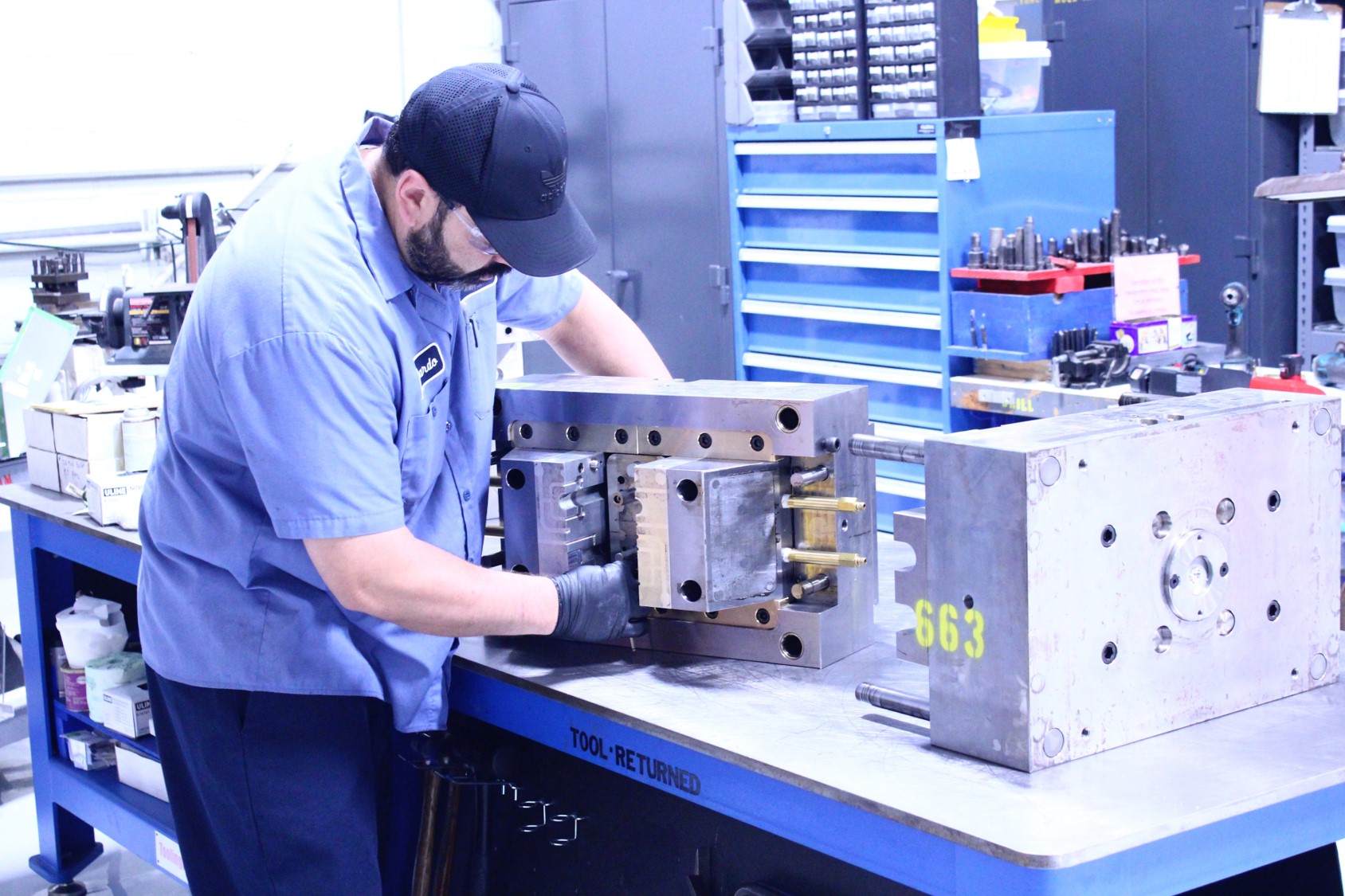Mold Transfer Process
During mold transfer, asking the right questions supports a thorough and accurate mold review that can extend the mold life.
Receiving an injection mold transfer starts a journey to solve a mystery. After receiving hundreds of mold transfers, the best mold transfer detectives start their investigation by running through a checklist of activities. They start by gathering clues that would impress Agatha Christie. These clues indicate the state of the mold, how it runs, and what to expect in the mold’s future.
What is a Mold Transfer?
“Mold transfer” describes a mold that was built and run by another company before transferring to a new manufacturer. A mold transfer can happen for a wide variety of reasons both planned and unplanned. Rapid molders might only want to run molds at low quantities, so they opt for the mold transfer when quantities get too high. They prefer not to tie up their injection molding presses. But if an injection molder goes out of business or is no longer the preferred supplier, their customer will initiate the mold transfer.
After the mold transfer, the new manufacturer often has little to no insight into the thought process behind mold design choices, how well the mold has been running, and how well the mold maintenance has been performed.
In more extreme cases, mold owners rely on the new manufacturer’s investigation to determine whether to salvage or scrap the mold. This is a risky decision. Making the right decision depends people who conduct the mold review. As any great detective knows asking the right questions leads to the right answers.
Our mold transfer experts always ask:
Is the mold properly assembled?
Is the mold damaged?
Are the mold components functioning?
Is the mold properly assembled?
Sometimes simple assembly adjustments solve complicated problems. On more than one occasion, we have received a mold transfer that suffered from some assembly issue uncovered by a close and thorough inspection.
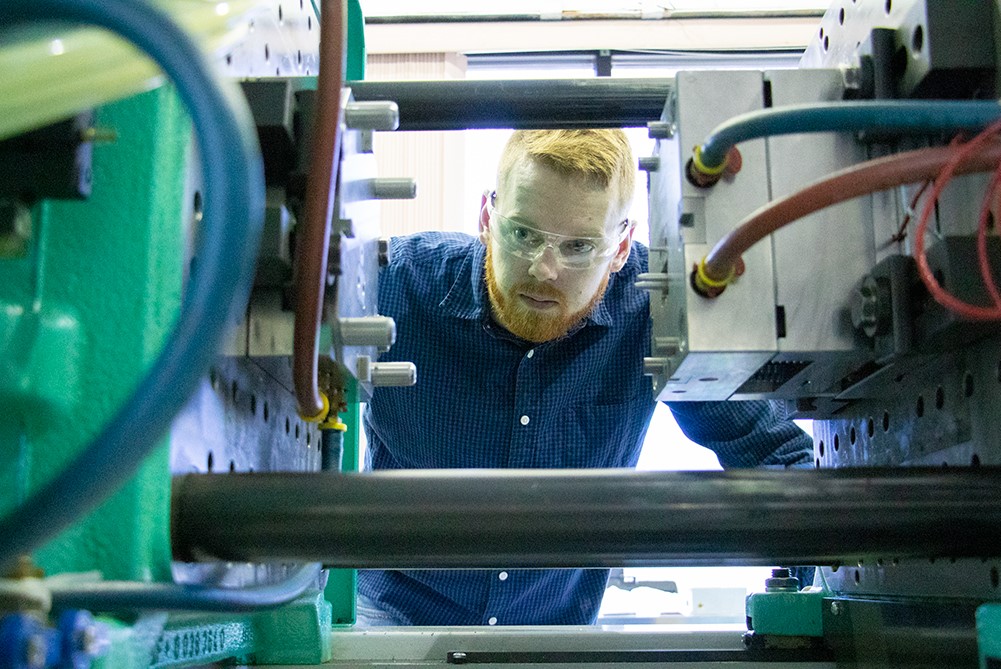
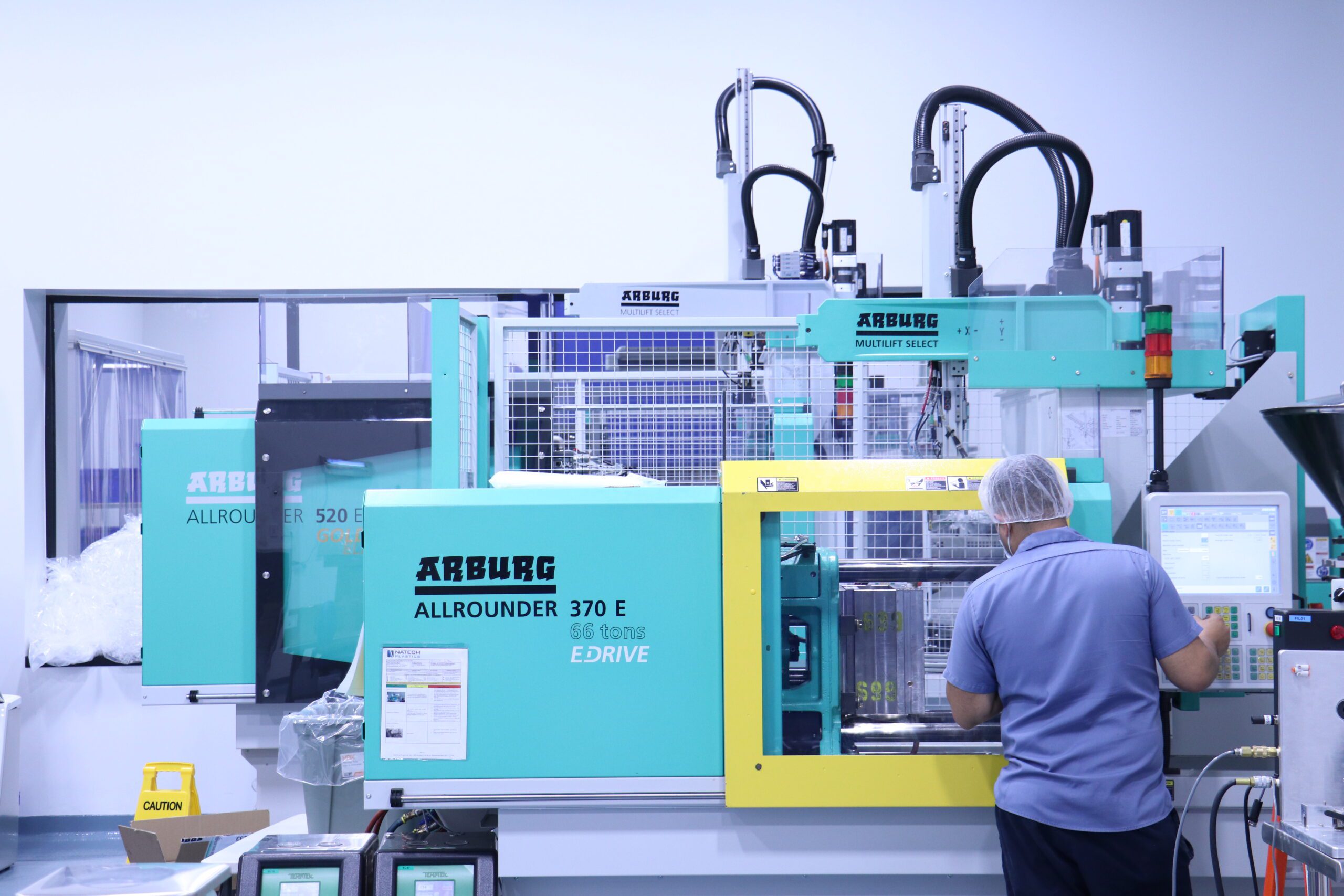
Before one mold transfer, the client described their mold as a “problem mold.” This was generally accepted as a truth over the long term. Upon receipt, we cleaned and inspected the mold. The review showed that the ejector pins were improperly installed. After disassembling and reassembling the mold in the proper configuration, the mold performed with a desirably large processing window.
Is the mold damaged?
During another mold transfer, a damaged ejector pin made one mold seem damaged when it actually had hundreds of thousands of cycles left in its useful life. The previous molder told the client that the mold was damaged and that they no longer wanted to run it any longer.
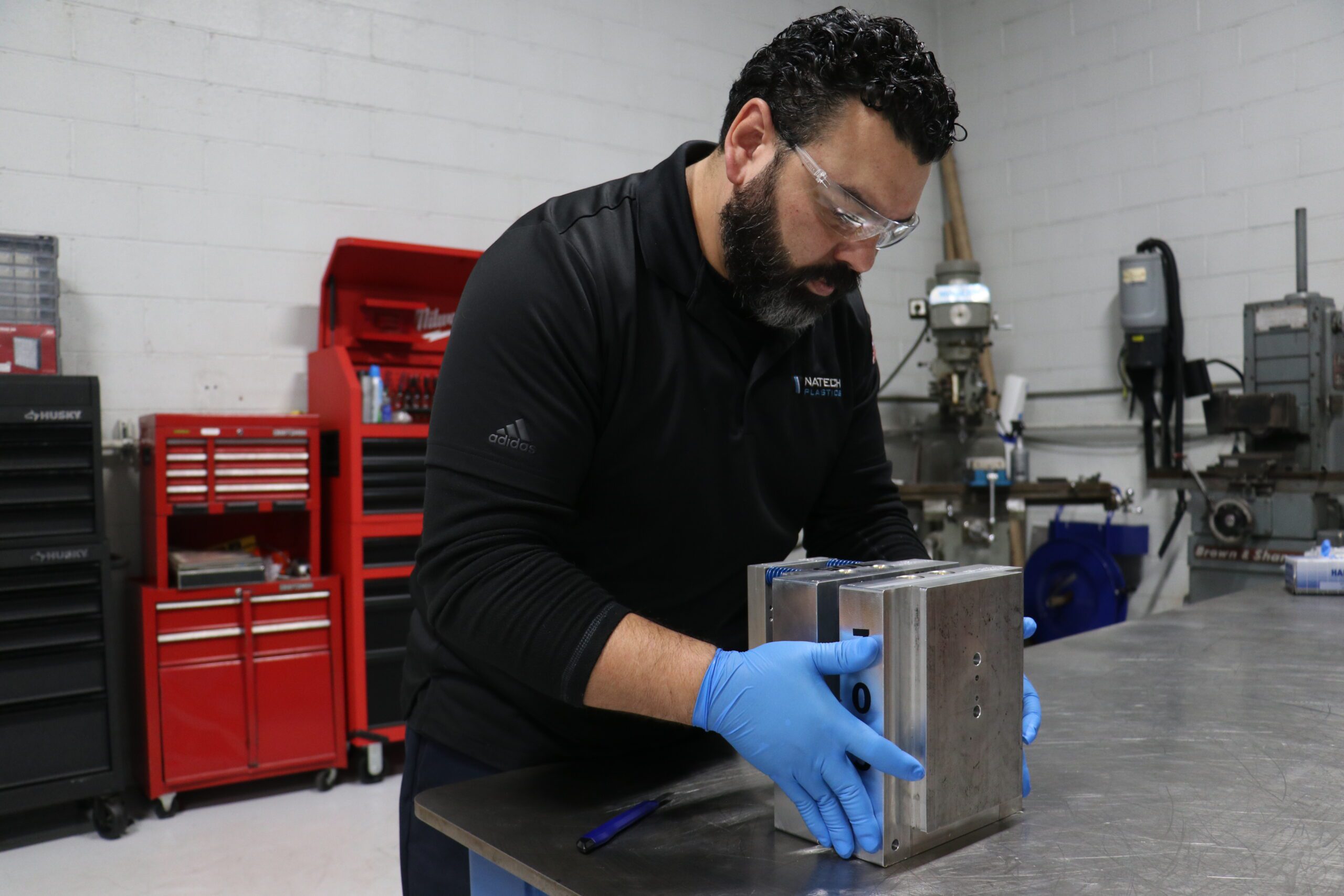
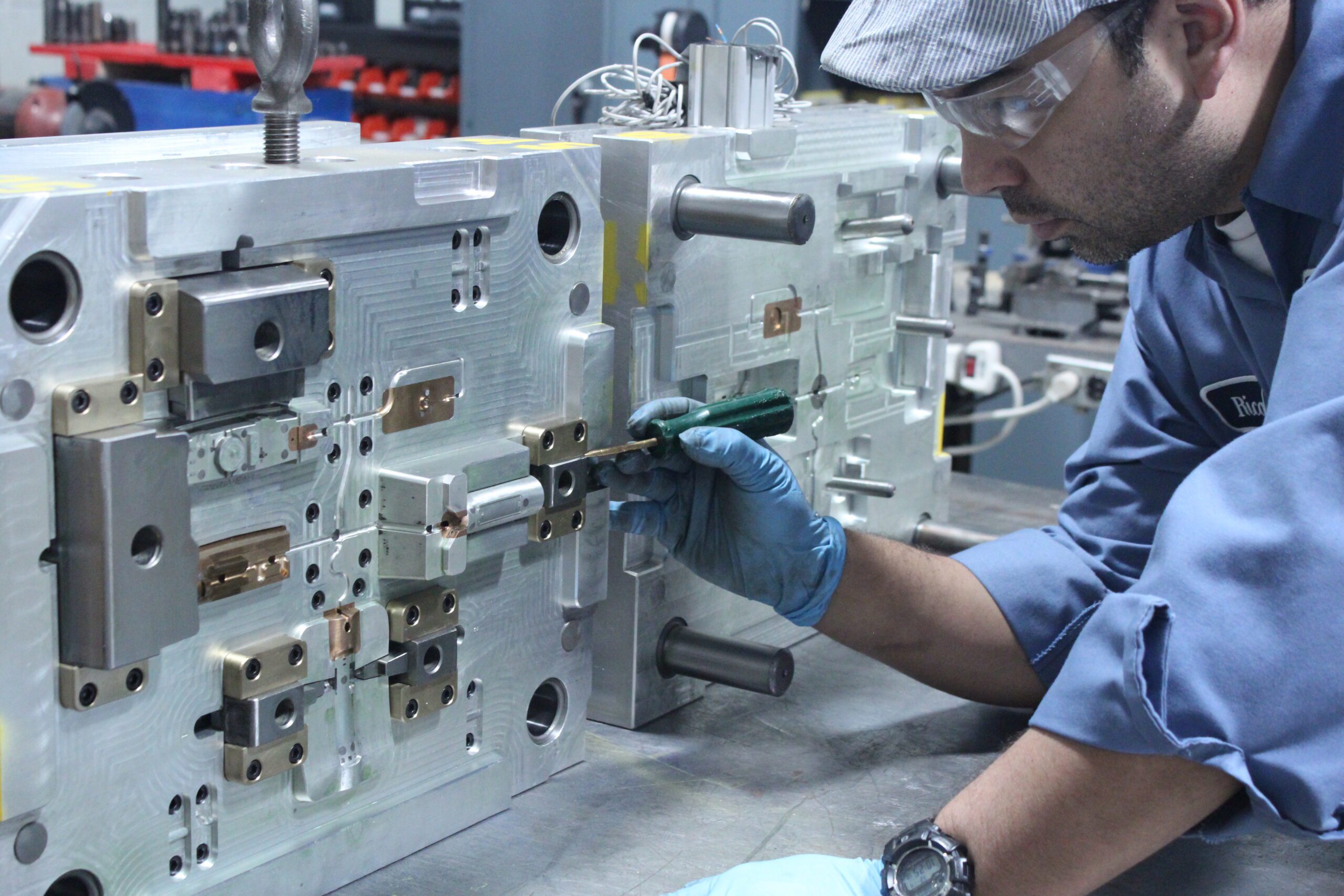
The client recruited Natech’s help. During the initial mold review, the engineer noticed one of the ejector pins looked different from the others. It turned out to be damaged because it was improperly installed. After replacing the pin and properly installing it, the mold worked like new and was producing quality parts.
Are the mold components functioning?
An injection mold encompasses a dynamic, complex system of interacting components. The mold technician cannot see every component moving during the molding process. To get around this constraint, they roll up their sleeves and manually isolate each motion. They move the mold component to see both how the individual component moves and how it interacts with the other mold components.
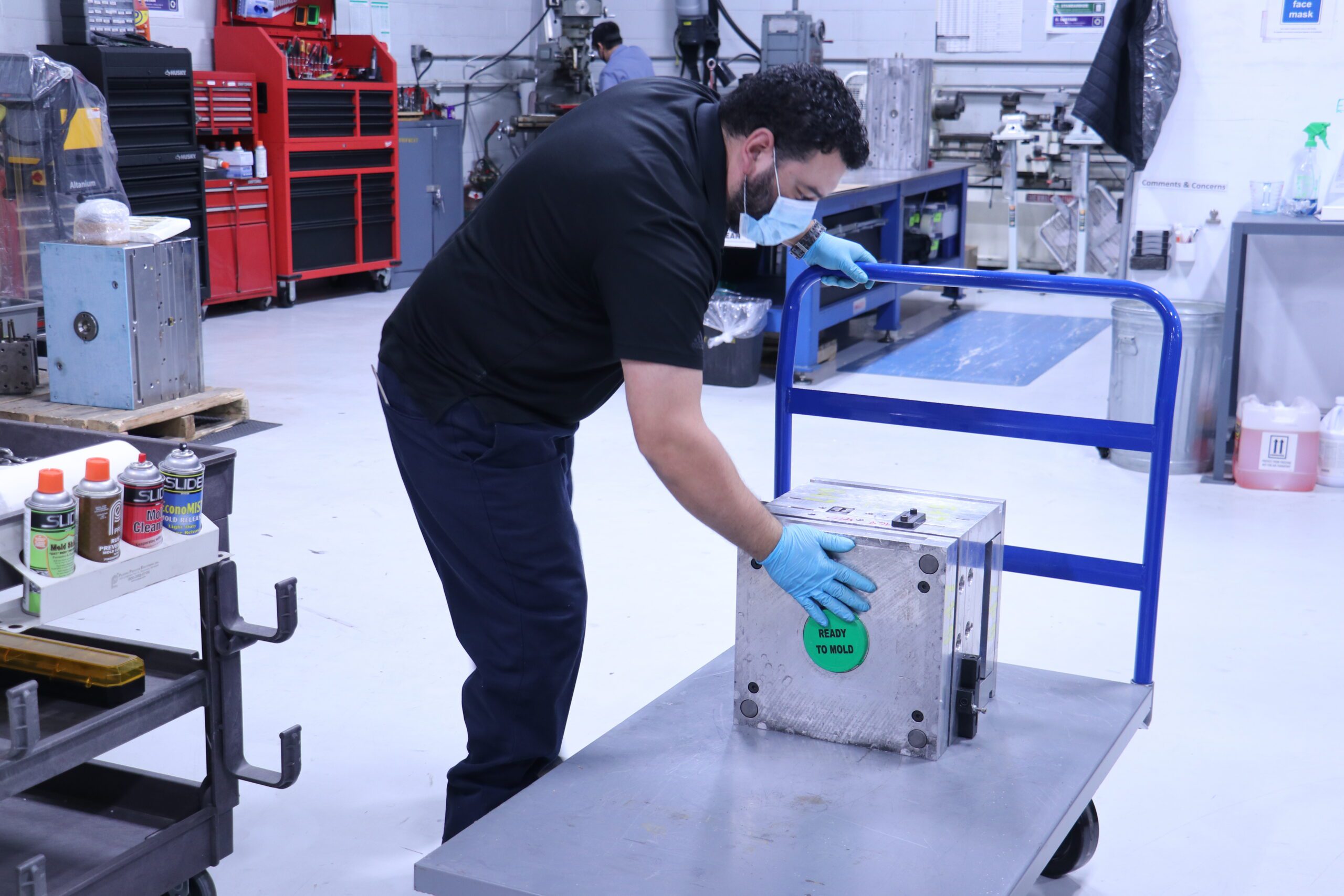
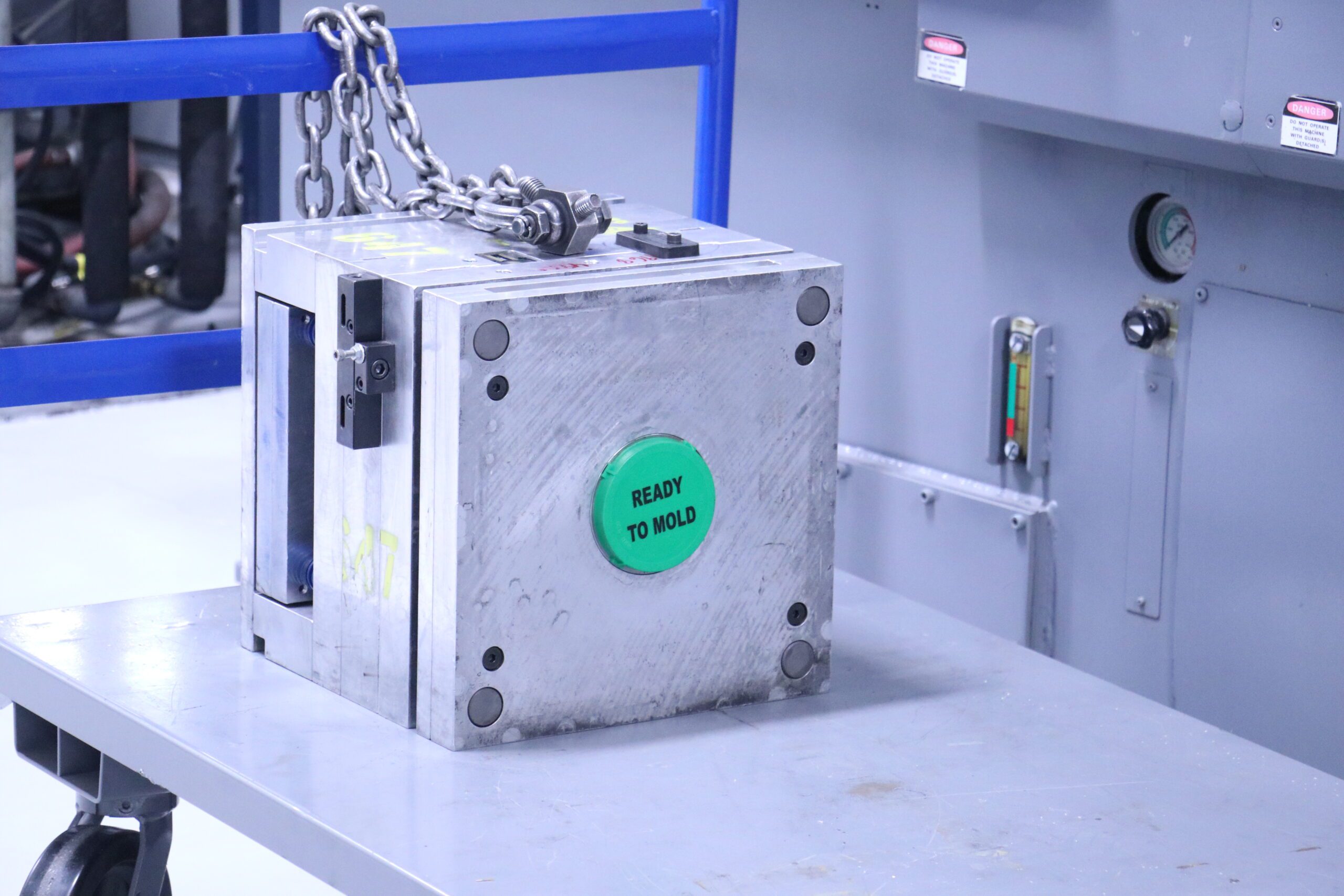
This debugging process takes multiple steps. Does the component move as it is supposed to move? If the answer is yes, they continue. Can the component move in a way that it is not supposed to move? This involves creativity and observation. The component might move well along a cam, but at the end of the stroke, it might have some play in the motion that should not exist.
One mold transfer review exposed an issue with two mold components that slid along a cam with a spring. The moldmaker noticed the cam angles were slightly off. This caused the component to scrape along the core. The inspectors had not noticed the issue early in the mold’s run. But over time it had grown worse. After a thorough review, corrected cams and an extra spring on each side solved the problem.
A mold transfer is by its very nature a risky activity. When a previous manufacturer has encountered some problem they could not correct, the mold transfers to a new manufacturer who has even less information and historical knowledge. The most successful mold transfers are served well by following a thorough, methodical process to manage those risks.
To speak to a Natech engineer about your mold transfer, schedule a time to meet with an engineer.
